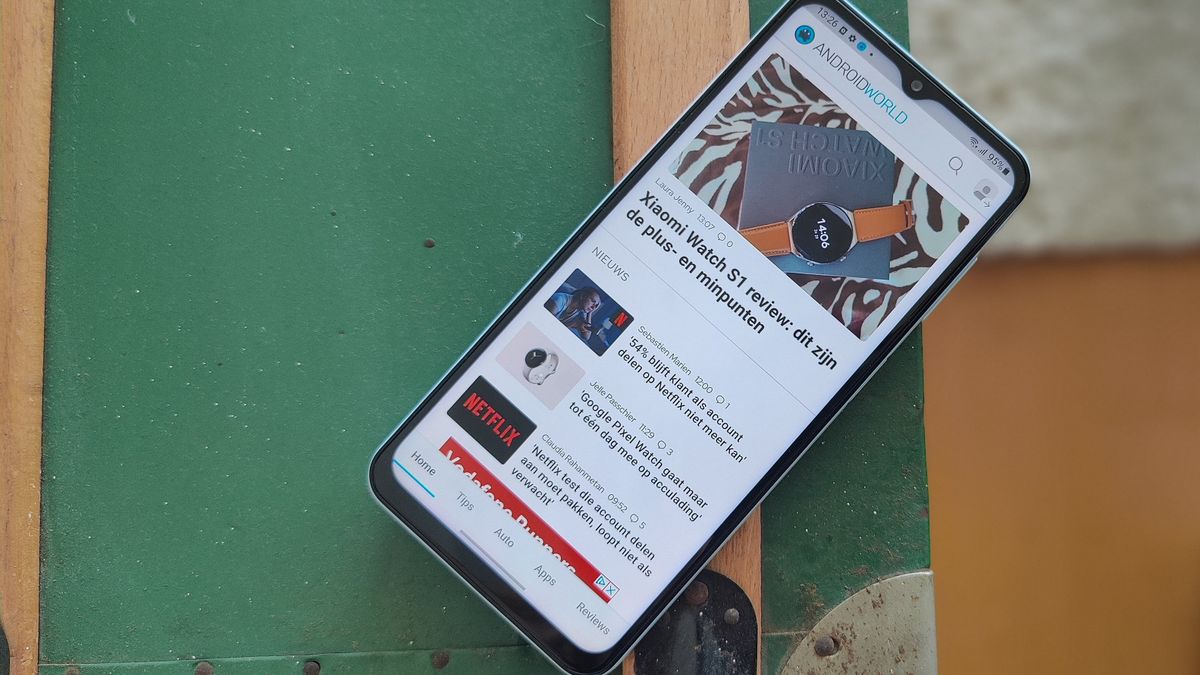Samsung files a patent for a more energy-efficient phone screen
In general, the battery of our phone lasts a day, but that could be a bit longer. Samsung has now registered a patent that makes a phone screen more energy-efficient. It does that with a new kind of variable refresh rate.
Variable Refresh Rate
We know a variable refresh rate. It means that based on what you’re doing on your phone, your screen’s refresh rate gets a little more fanatical. If you play a game, you benefit from a high refresh rate. If you are working on your thesis in a word processor, the refresh rate does not have to be that high. That is much better for your battery, because it uses less energy. The technology that Samsung has now patented revolves around that variable refresh rate.
The patents have rather long names, but they do describe exactly what they are:
- A Method Of Driving Display With Multiple Refresh Rate And An Electronic Device Performing The Same – A method of driving a display with different refresh rates and an electronic device that does the same
- Electronic Device That Drives A Plurality Of Display Areas Of A Display With Different Driving Frequencies
Samsung patent
As is often the case with patents, this is not a new application. This dates from the beginning of 2021. However, that does not spoil the fun, because now the patent has been processed and approved, so that Samsung can tap anyone who also wants to use this technology. Unfortunately, that’s mainly what patents are for: not even because a tech company wants to do something with it.
However, there is a good chance that it is something different in this case. It seems very revolutionary. In this patent, Samsung describes technology that maintains different refresh rates within the screen. In short: your notification bar may only refresh 30 times per second, but that YouTube video you have at the bottom of your screen is at a completely different refresh rate. So no longer does one refresh rate apply to the entire screen, but only per part.
Multiple refresh areas on one screen
The possibilities are probably not endless, because you need separate drivers to make all this possible. Nevertheless, it is certainly interesting to see whether this technology can indeed make a lot of difference in terms of screen energy consumption. The patents are probably still in that phase: research. So we can’t say that it will be in an upcoming Galaxy phone yet. If it comes to anything bigger than just an experiment, it’s likely to be a long time before the tech is proven enough to be implemented in a device.
Do you think it’s a good idea to have a screen that has multiple refresh areas? Leave it in the comments to this article.



